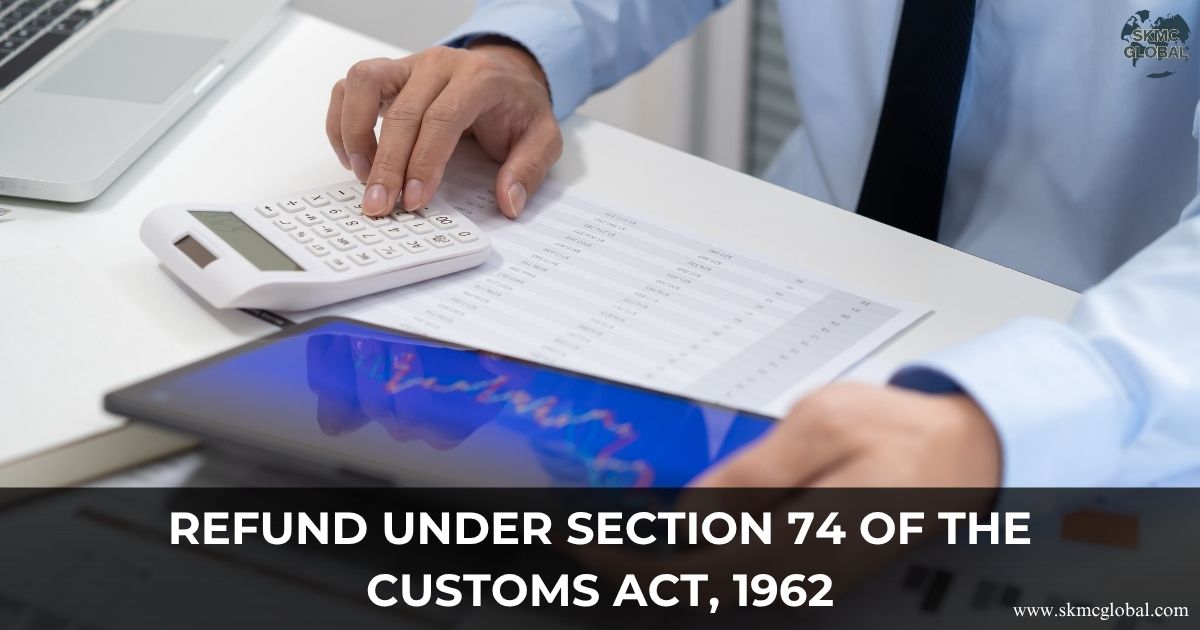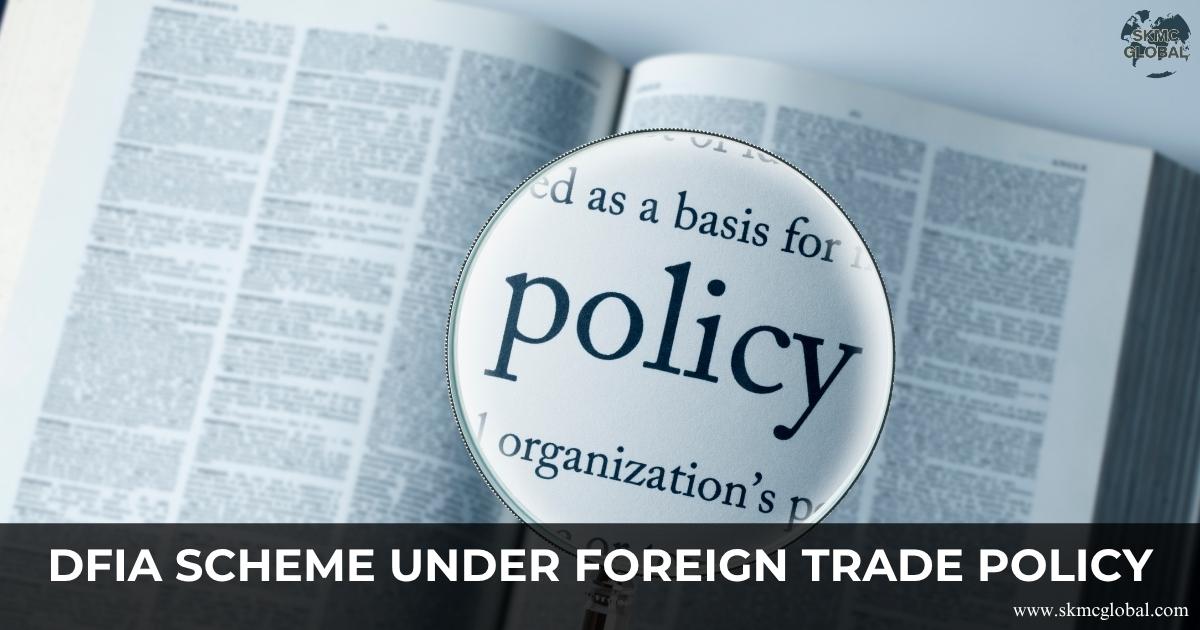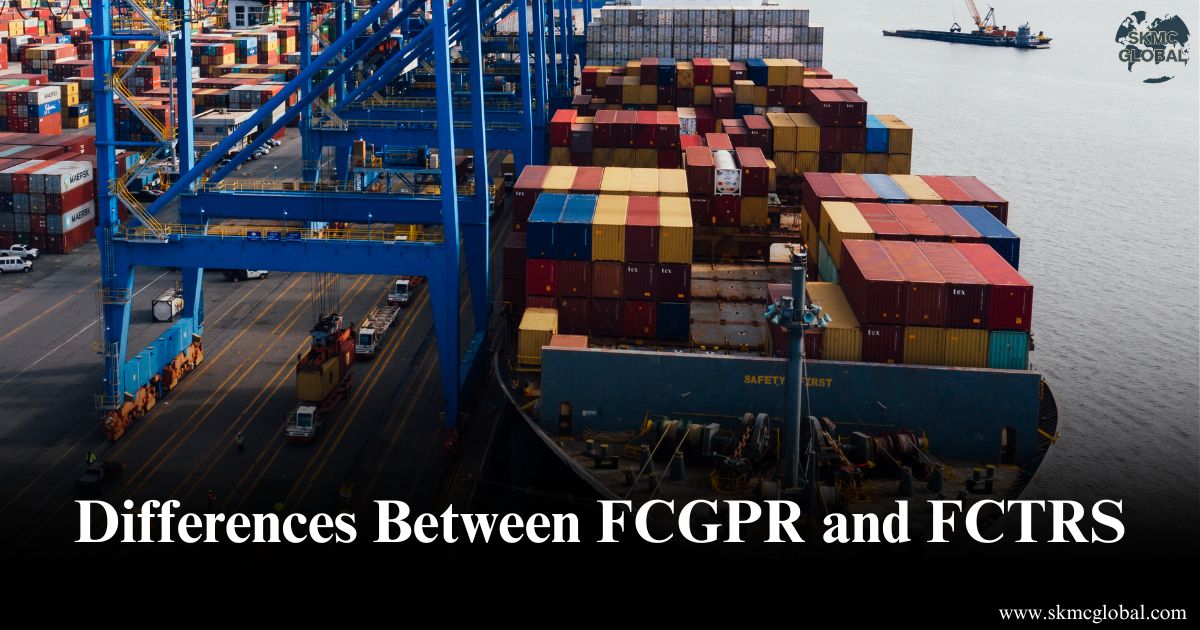
Differences Between FCGPR and FCTRS: A Comprehensive Overview
In India, foreign investment flows in and out are carefully monitored using various reportable frameworks required by the Reserve Bank of India (RBI) under the Foreign Exchange Management Act (FEMA). Among them, FCGPR and FCTRS are significant ones to track foreign direct investment (FDI) transaction flows. While both the terms are associated with foreign exchange transactions involving instruments of capital, they are utilized for very different reasons. This article provides you with a concise and elaborate difference between FCGPR and FCTRS so that you can understand their scope, application, compliance obligation, and consequences, especially when foreign contribution or foreign security is involved.
Mastering the Basics
What is FCGPR?
FCGPR stands for Foreign Currency-Gross Provisional Return. It is a return Indian businesses are asked to submit with the RBI when they receive foreign direct investment in the form of capital instruments such as equity shares, preference shares, or convertible debentures. On receipt of shares by a foreign investor in an Indian business, the business has to report the issue by way of FCGPR form through the FIRMS portal within 30 days from the allotment date.
FCGPR registration is merely for the purpose of enabling regulatory authorities to track foreign investment into Indian companies. It is a formal acceptance of allotment of shares made to foreign investors and helps bring about transparency and accountability in cross-border investments.
What is FCTRS?
FCTRS stands for Foreign Currency Transfer of Shares. As opposed to FCGPR, concerning new issue of shares, FCTRS involves transfer of instruments of capital between a non-resident and a resident and vice versa. Both inward as well as outward transactions come under the scope – for example, when an Indian resident is offloading shares to a foreigner or otherwise.
The transfer must be reported through Form FC-TRS within 60 days of receipt or remittance of consideration, also via the RBI’s FIRMS portal. The FCTRS mechanism ensures that India’s foreign investment records remain accurate even when ownership changes hands after the initial issuance.
Key Differences Between FCGPR and FCTRS
| Aspect | FCGPR | FCTRS |
|---|---|---|
| Nature of Transaction | Issuance of fresh shares/instruments to foreign investors | Transfer of existing shares between residents and non-residents |
| Applicable Form | Form FCGPR | Form FC-TRS |
| Timeline | Must be filed within 30 days of share allotment | Must be filed within 60 days of consideration receipt/remittance |
| FCGPR Registration Required? | Yes, FCGPR registration is mandatory through the FIRMS portal | Not required for FCTRS, but FC-TRS filing is mandatory |
| Use Case | Tracks foreign investment inflows via new share issues | Tracks foreign investment transfers post-issuance |
| Compliance Authority | Reserve Bank of India | Reserve Bank of India |
| Portal Used | FIRMS Portal | FIRMS Portal |
| Foreign Securities Involvement | Involves allotment of new foreign securities | Involves transfer of already issued foreign securities |
| Foreign Contribution Relevance | Relevant for NGOs or entities receiving foreign contribution | Also applicable if transfer involves foreign contribution |
FCGPR and FCTRS as compared to Foreign Contribution
Although both FCGPR and FCTRS are FEMA reporting forms, there are certain cases where regulations regarding foreign contribution also come into play—particularly if the organization involved is a non-profit company (NGO), trust, or Section 8 company.
Organizations that receive foreign contribution must register with the Foreign Contribution (Regulation) Act (FCRA) and must follow some guidelines. For instance:
- Subscribing for shares of an NGO or non-profit Section 8 company by a foreign investor amounts to foreign contribution under FCRA.
- In such cases, registration under FCGPR is more than FEMA compliance—it is invoking FCRA obligations too.
- Similarly, transfer of shares in an NGO or a not-for-profit organization to a foreigner (through FCTRS) can also be treated as accepting a foreign contribution based on the nature of the transaction.
Accordingly, those organizations coming under the ambit of foreign contribution regulations must be careful while submitting both FCGPR and FCTRS so that while adhering to FEMA, no conditions under FCRA are breached.
Why Accurate Reporting is Important
In the current regulatory environment, cross-border financial openness is a key objective for the RBI, Ministry of Finance, as well as global agencies such as the Financial Action Task Force (FATF). On-time and accurate filing of FCGPR and FCTRS forms:
- Ensures clean record of foreign securities and ownership trends
- Ensures foreign contribution is not diverted or routed through indirect investment channels
- Prevents fines, prosecution, or blacklisting of organizations for non-compliance
Companies and investors failing to file these documents within the specified timelines can be subject to compounding under FEMA with hefty fines and reputational damage.
Practical Tips on Compliance
- Have a check list of reporting deadlines for all FDI and share transfer.
- Inform all stakeholders (company secretaries, lawyers, auditors) about FCGPR registration and FCTRS filing rules.
- In non-profits, at regular intervals, consult your FCRA compliance officer while receiving any type of foreign funds.
- Maintain current on RBI circulars and guidelines, as small changes in FDI policy have an impact on your reporting requirements.
Conclusion
While FCGPR and FCTRS may seem to be almost identical on the surface, they are engaged at different stages of a foreign investment activity. FCGPR is related to new capital inflows, whereas FCTRS is related to transfers of outstanding instruments of capital. Both are crucial instruments within India's foreign exchange management system and are likely to be interconnected. If foreign contribution and foreign securities are the question, the aspect of compliance with accuracy becomes even more important.
Whether you're a new start-up raising funds or an old NGO being funded from overseas, being aware of the distinction between FCGPR registration and FCTRS is crucial to compliance and transparency in the global investment environment of the world.
Recent Posts
-
 What is SIMS and When It Is Required?...
Nov 10,2025
What is SIMS and When It Is Required?...
Nov 10,2025
-
 What if your SVB investigation does not satisfy cu...
Nov 04,2025
What if your SVB investigation does not satisfy cu...
Nov 04,2025
-
 Mastering HSN Characterization for Importers...
Oct 29,2025
Mastering HSN Characterization for Importers...
Oct 29,2025
-
 What is IGCR and How to Take the Benefit?...
Oct 18,2025
What is IGCR and How to Take the Benefit?...
Oct 18,2025
-
 What is CAROTAR and Its Impact on Industry?...
Oct 15,2025
What is CAROTAR and Its Impact on Industry?...
Oct 15,2025
-
 India’s Free Trade Agreement with Europe ...
Oct 14,2025
India’s Free Trade Agreement with Europe ...
Oct 14,2025
-
 Comprehensive Economic Partnership Agreement of In...
Oct 13,2025
Comprehensive Economic Partnership Agreement of In...
Oct 13,2025
-
 Refund under Section 75 of Customs Act, 1962...
Oct 11,2025
Refund under Section 75 of Customs Act, 1962...
Oct 11,2025
-
 Refund under Section 74 of the Customs Act, 1962...
Oct 10,2025
Refund under Section 74 of the Customs Act, 1962...
Oct 10,2025
-
 All About DFIA Scheme under Foreign Trade Policy...
Oct 07,2025
All About DFIA Scheme under Foreign Trade Policy...
Oct 07,2025
-
 Navigating BEPS 2.0: Pillar One & Pillar Two in Tr...
Aug 16,2025
Navigating BEPS 2.0: Pillar One & Pillar Two in Tr...
Aug 16,2025
-
 Import license on restricted goods in india...
Aug 07,2025
Import license on restricted goods in india...
Aug 07,2025
-
 Procedure to take ICEGATE Registration...
Aug 06,2025
Procedure to take ICEGATE Registration...
Aug 06,2025
-
 Procedure to setup an ESOP Trust...
Aug 01,2025
Procedure to setup an ESOP Trust...
Aug 01,2025
-
 Foreign Remittance under liberalised remittance Sc...
Jul 30,2025
Foreign Remittance under liberalised remittance Sc...
Jul 30,2025
-
 A Step-by-Step Guide to Becoming a GCC AEO...
Jul 18,2025
A Step-by-Step Guide to Becoming a GCC AEO...
Jul 18,2025
-
 Role of Mutual Recognition Agreements under AEO an...
Jul 14,2025
Role of Mutual Recognition Agreements under AEO an...
Jul 14,2025
-
 What is Anti Dumping Duty investigation and its pr...
Jul 09,2025
What is Anti Dumping Duty investigation and its pr...
Jul 09,2025
-
 Annual return requirement under RoDTEP scheme of D...
Jul 09,2025
Annual return requirement under RoDTEP scheme of D...
Jul 09,2025
-
 EPCG Registration: A Step by step Guide for Indian...
Jul 08,2025
EPCG Registration: A Step by step Guide for Indian...
Jul 08,2025
-
 Why Logistics Outsourcing Is the Future of Smart S...
Jun 02,2025
Why Logistics Outsourcing Is the Future of Smart S...
Jun 02,2025
-
 India's Foreign Trade Agreement and Investment Tre...
May 31,2025
India's Foreign Trade Agreement and Investment Tre...
May 31,2025
-
 Differences Between FCGPR and FCTRS:A Comprehensiv...
May 28,2025
Differences Between FCGPR and FCTRS:A Comprehensiv...
May 28,2025
-
 Understanding FDI Norms- A Guide for Foreign Inves...
May 29,2025
Understanding FDI Norms- A Guide for Foreign Inves...
May 29,2025
-
 What you need to know about india's special econom...
May 27,2025
What you need to know about india's special econom...
May 27,2025
-
 Understanding ODI (Overseas Direct Investment) Und...
May 26,2025
Understanding ODI (Overseas Direct Investment) Und...
May 26,2025
-
 How to Track AEO Registration Application and Chec...
May 22,2025
How to Track AEO Registration Application and Chec...
May 22,2025
-
 Benefits or compliance under Indian Foreign Trade ...
May 20,2025
Benefits or compliance under Indian Foreign Trade ...
May 20,2025
-
 AEO v/s Non-AEO: Key Differences and Why Your Busi...
May 19,2025
AEO v/s Non-AEO: Key Differences and Why Your Busi...
May 19,2025
-
 Why SVB Registration is Essential for Related Part...
May 19,2025
Why SVB Registration is Essential for Related Part...
May 19,2025
-
 How Mutual Recognition Agreements Augment AEO Cert...
May 15,2025
How Mutual Recognition Agreements Augment AEO Cert...
May 15,2025
-
 Customs Streamlining Refund Processes Through Auto...
Mar 17,2025
Customs Streamlining Refund Processes Through Auto...
Mar 17,2025
-
 Ekal Anubandh-Single Unified Multi-Purpose Electro...
Mar 06,2025
Ekal Anubandh-Single Unified Multi-Purpose Electro...
Mar 06,2025
-
 Revised guidelines on SVB assessment and its speed...
Aug 26,2021
Revised guidelines on SVB assessment and its speed...
Aug 26,2021
-
 5 ways about how you can fast track your SVB regis...
Jul 21,2021
5 ways about how you can fast track your SVB regis...
Jul 21,2021
-
 AEO Registration in UAE...
Nov 16,2021
AEO Registration in UAE...
Nov 16,2021
